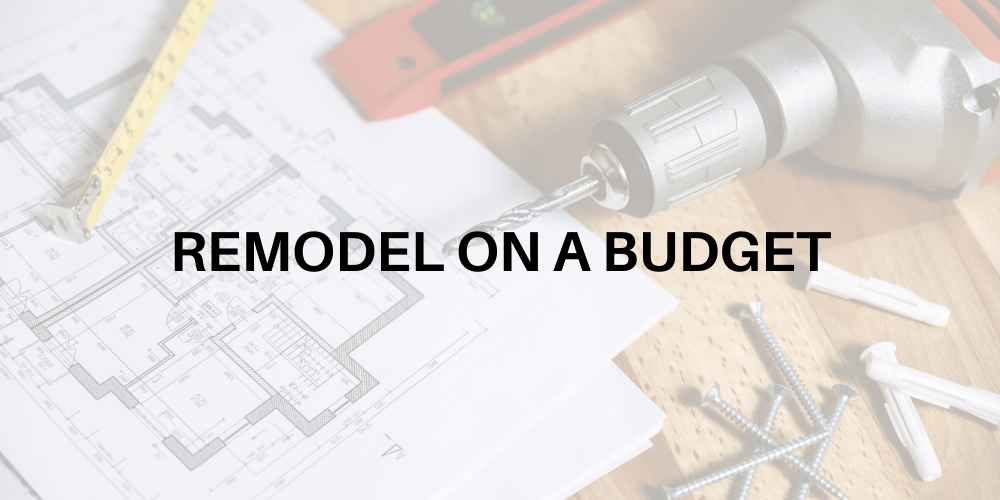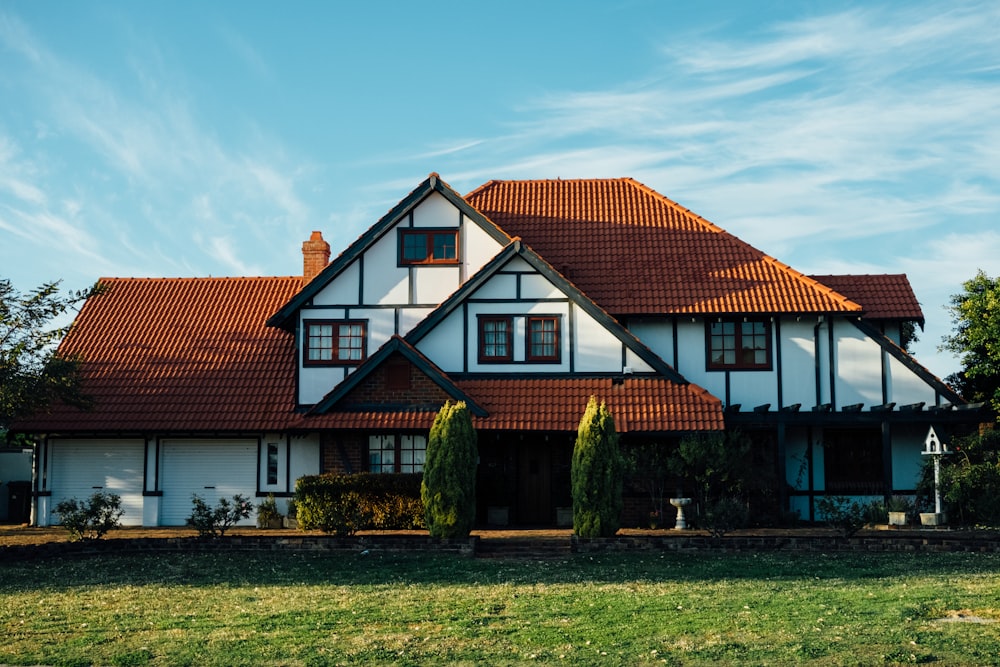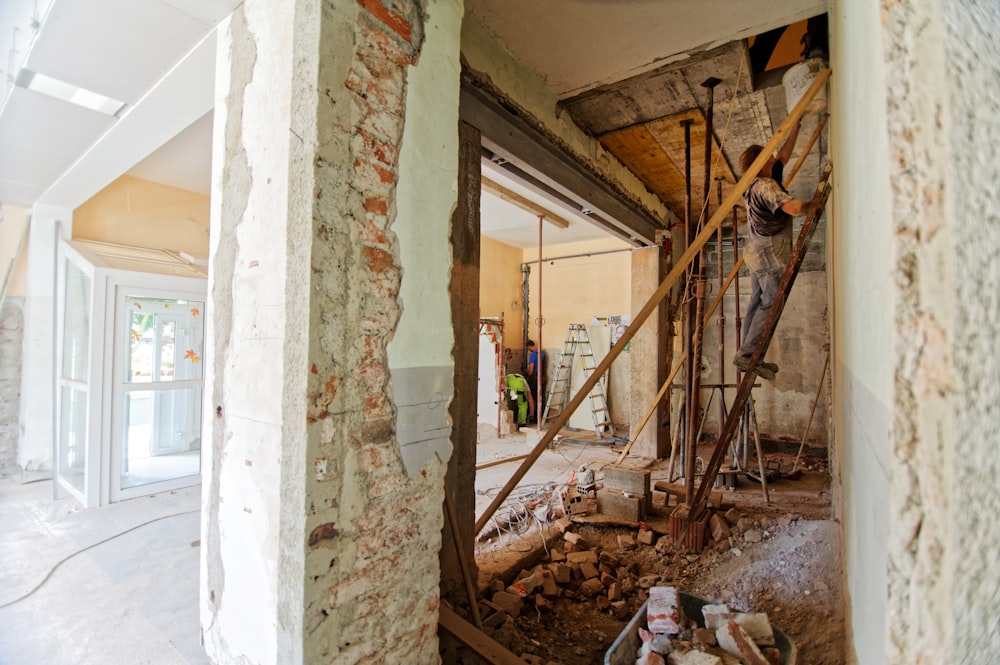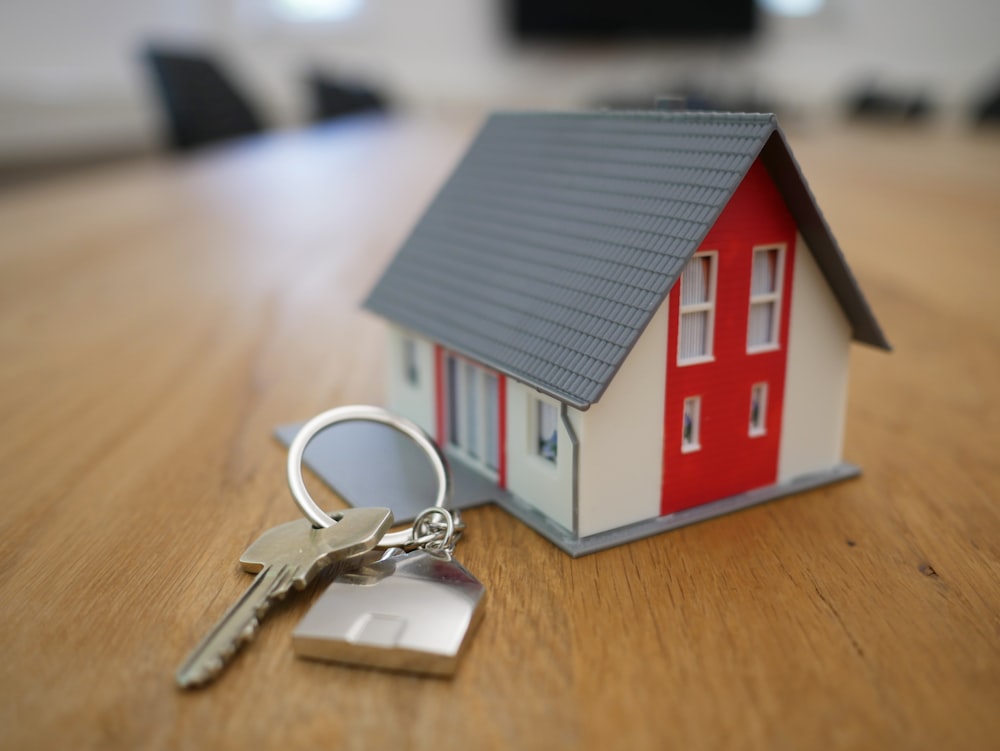Can You Actually Buy a House with No Money Down?
https://www.c4dcrew.com/wp-content/uploads/2020/06/C4D-Post-Design.png 1000 500 Sam Radbil Sam Radbil https://secure.gravatar.com/avatar/0cd60208d9de9b4ec7236a52868375f0187854b5ee1fefa7603d0294819d3045?s=96&d=mm&r=gYou’ve seen the ads and commercials touting systems for buying homes with no money down. You may have even read this book:
“No money down” has been the catchphrase for years as people to find a no money down mortgage through loan platforms that range from conventional lending to rent to own and contract for deed. And depending upon your situation, you can buy a home with no money down. First, let’s look at the more conventional ways to get that done, and we’ll follow with some alternative methods.
VA Loan
If you are a military service veteran, you may be eligible for the buyer-friendly VA loan program. According to the VA site:
“VA Home Loans are provided by private lenders, such as banks and mortgage companies. VA guarantees a portion of the loan, enabling the lender to provide you with more favorable terms.”
It’s really better than that, however, because in addition to a true zero down-payment, some VA lenders will make mortgage loans to those with credit scores of 580 or even less.
If you or your spouse are a military veteran, you really need to check this program out. And if you’re ever confused about any terminology, you can always reach out to a lawyer or find information and more here.
USDA No Money Down Mortgage
The U.S. Department of Agriculture will make you a no money down mortgage loan if you want to buy a home that is deemed rural or suburban. Amazingly, 97 percent of the country is in this category.
Check out this map provided to us by our friends at The Lenders Network:
Then, make sure that you meet these main requirements:
- Your total household income must be less than 115% of your area’s average.
- You need a credit score of 620 or better.
- You must not have any foreclosure or bankruptcy events going back two years.
If you are willing to buy in an approved area and your credit is decent, a USDA loan could be a great way to go.
FHA First-Time Homebuyer Loan
FHA loans usually require a down-payment of three percent, but that down-payment can be gifted to you by someone else. Also, several states like Minnesota have programs that can assist with down-payments, and it is possible for you to borrow your down-payment or even get a grant to cover it.
Navy Federal Credit Union
This lending institution makes no money down mortgage loans. You may need good credit for this program, but it’s worth checking out even if you don’t.
Rent to Own
If you have no down-payment funds and are willing to work toward true homeownership over a longer period of time, you may be able to find a good rent to own situation. In this scenario, you rent a home and the owner agrees to apply a portion of your monthly rent to a down-payment. When you have accumulated a sufficient amount, the property owner will sell you the property—usually acting as the bank and becoming the mortgage holder.
A rent to own contract is called an executory contract and is frowned upon in some states like Texas. There are perils and pitfalls for both sides, so make sure that you get competent legal advice before you enter into a rent to own agreement.
Seller Financing
There are situations where you can find a seller that owns their home free and clear. Since they don’t have a mortgage, they can sell the property to you for no money down if they choose.
These situations are very hard to find, but it’s not impossible. If you can find a free and clear property for sale and convince the seller that you are a good credit risk, it is possible that you could purchase a home for no money down.
Contract for Deed
Rocket Lawyer explains:
“Under a Contract for Deed, the buyer makes regular payments to the seller until the amount owed is paid in full or the buyer finds another means to pay off the balance. The seller retains legal title to the property until the balance is paid; the buyer gets legal title to the property once the final payment is made. If the buyer defaults on the payments, the seller can repossess the property.”
We couldn’t explain it any better, and in some states—again, like Minnesota—contract for deed is a traditional method for home financing that is even recognized and recommended in some circumstances by the State.
Contract for Deed companies like C4D specialize in this type of financing, and while they do require a down-payment, they can point you in the right direction for down-payment assistance.
As we mentioned earlier, “no money down” has been a real estate catch-phrase for years, but if you do your research, you’ll find that you can get a no money down mortgage that will allow you to become a genuine homeowner.










